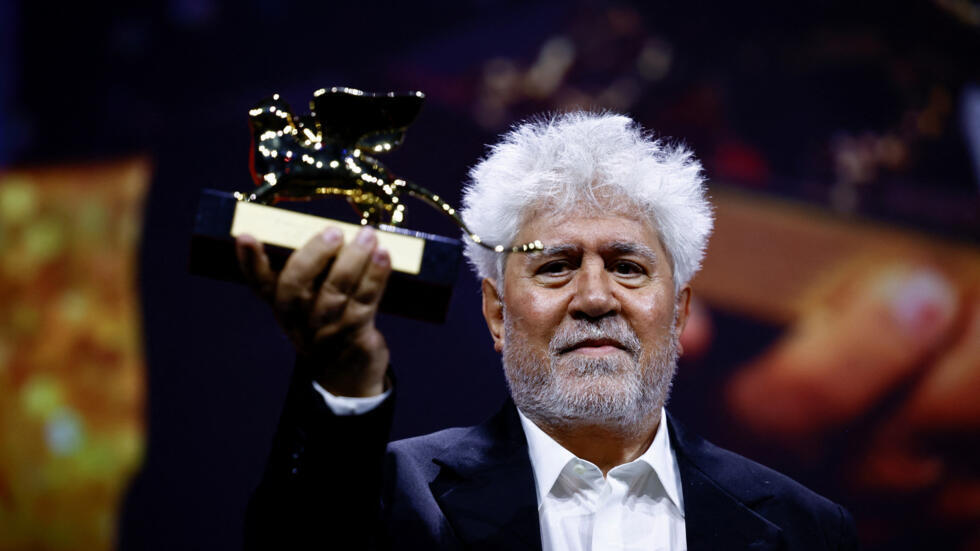Recent excavations at Ayanis Castle in Türkiye’s Eastern Anatolian region of Van have uncovered new archaeological finds, such as three bronze shields and a helmet that are approximately 2,700 years old.
The artifacts were discovered during this year’s phase of a 36-year excavation project directed by Mehmet Işıklı from the Archaeology Department at Atatürk University.
“We found the shields and helmet about six to seven meters deep, and they are in remarkably good condition,” Işıklı said. “Although there are some minor fractures, we are hopeful that restoration efforts will fully preserve them.”
He noted that the castle, constructed by the Urartians, has consistently yielded a diverse array of artifacts.
The bronze shields, considered the most significant find of this year, were discovered in what is thought to have been a ceremonial room. “We believe the helmet we found was used in ceremonies due to its detailed and intricate decorations,” Işıklı explained.
He highlighted that ongoing conservation efforts will gradually make these decorations more visible. Ayanis Castle, a Urartian fortress situated in today’s Tuşpa district of Van, experienced a significant earthquake that caused the collapse of its mudbrick walls.
“Many of the artifacts are deformed due to this damage, but the shields and helmet are still in great condition,” Işıklı said. These items contribute to the expanding collection of bronze artifacts uncovered throughout the long-term excavation.
Işıklı also emphasized the importance of these discoveries for gaining insight into Urartian culture, especially their metalworking practices.
“These shields likely belonged to the royal family or an elite warrior group, as Urartians were known to gift such items to nobility,” he said.
He also mentioned that the shields were dedicated to Haldi, the principal deity of the Urartian religion, who was commonly linked with leading the royal family and military into battle.
In total, over 30 bronze shields have been discovered at the site, many of which were found in temple areas.
Ayanis Castle, thought to have been built during the reign of King Rusa II, who ruled the Urartian Kingdom from the 7th to the 6th centuries B.C., is one of the most important archaeological locations in the region. Situated on a rocky hill with views of Lake Van, the castle functioned as both a fortress and a royal residence, and it continues to provide valuable information about Urartian civilization.
The castle’s strategic position enabled the Urartians to oversee the surrounding regions and safeguard their resources, such as agricultural lands and trade routes.
“This area was a hub of metalwork, particularly bronze weapons,” Işıklı continued. “Our ongoing work here reveals the Urartians’ exceptional skills in metallurgy.”
The newly discovered artifacts are anticipated to be restored and exhibited at a regional museum, where they will provide insights into the life and culture of the Urartians, a civilization celebrated for its expertise in stonework, metalwork, and weaponry.







